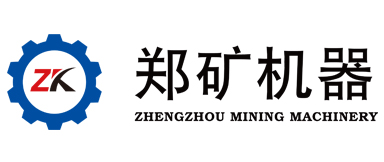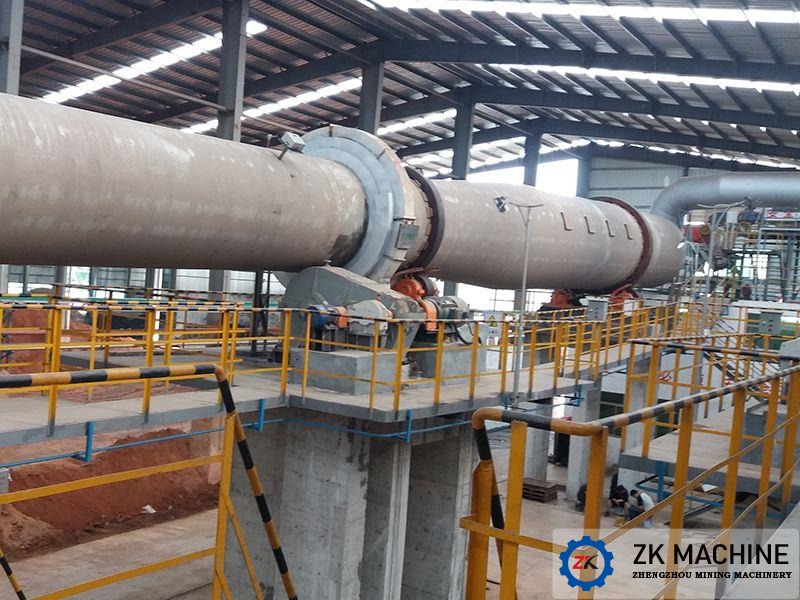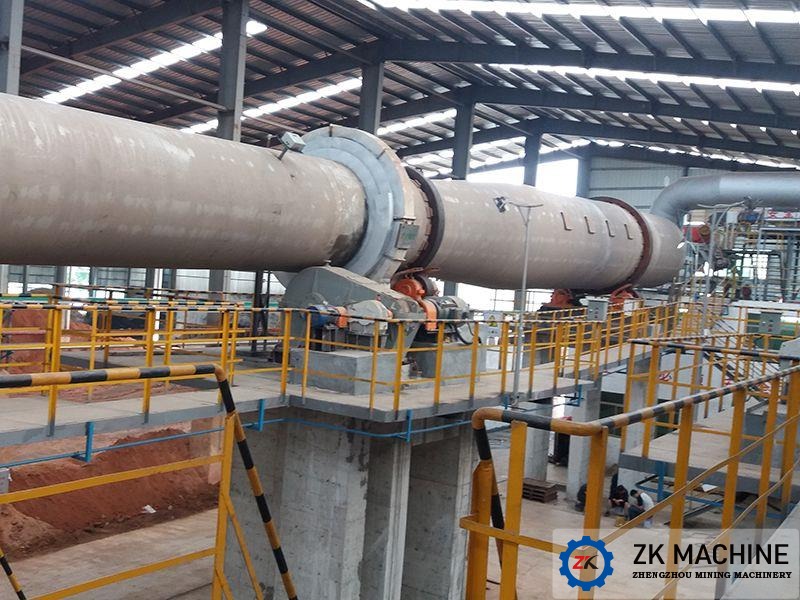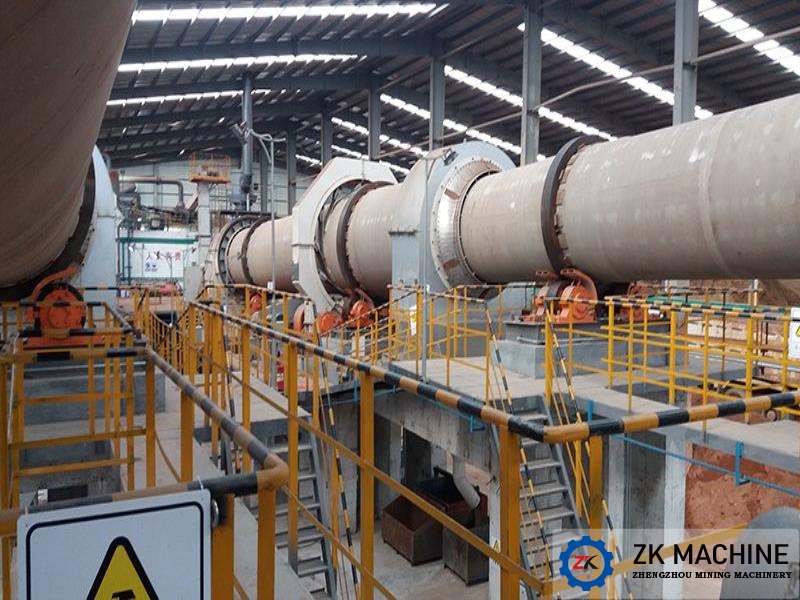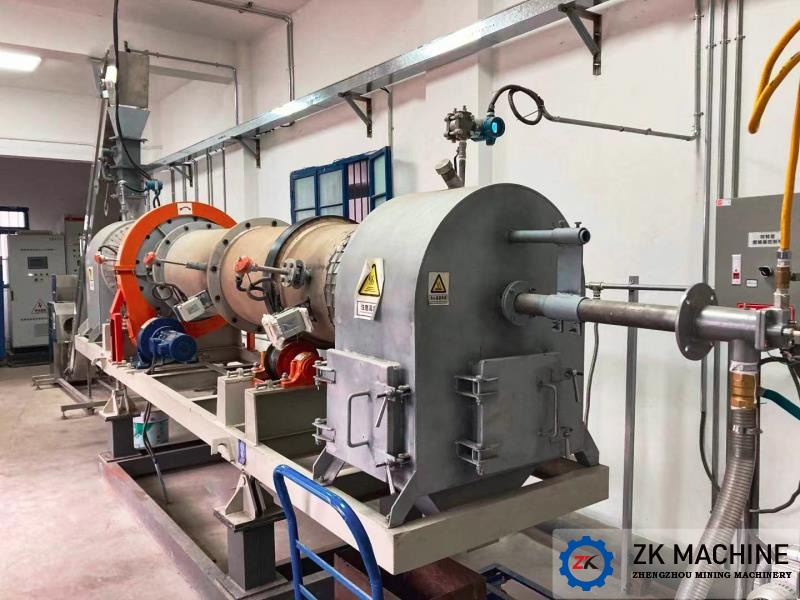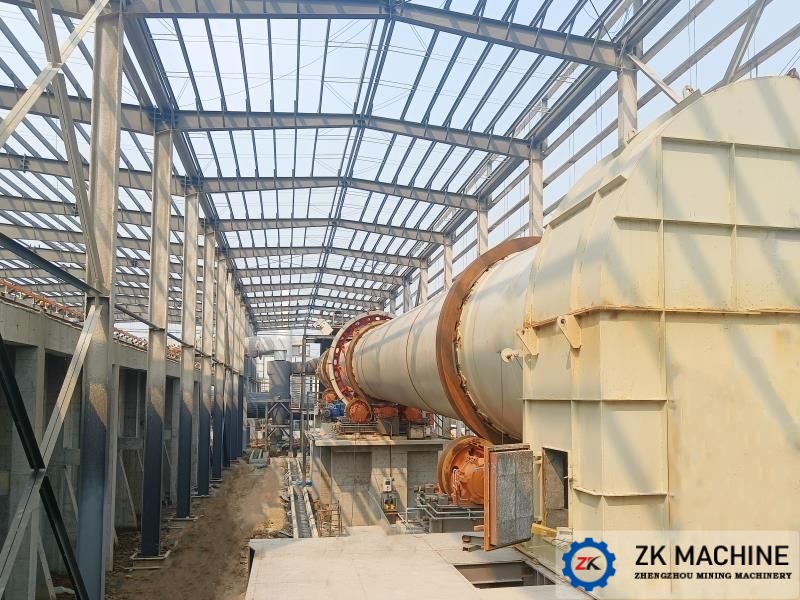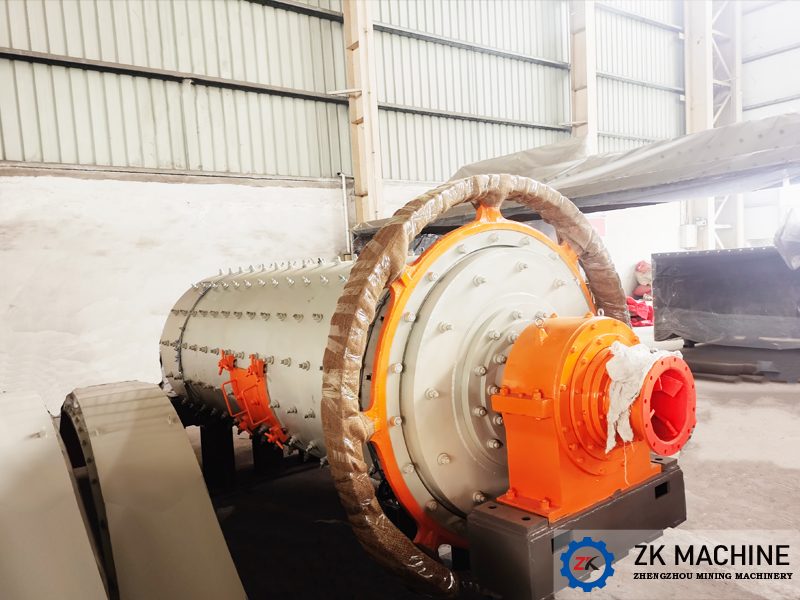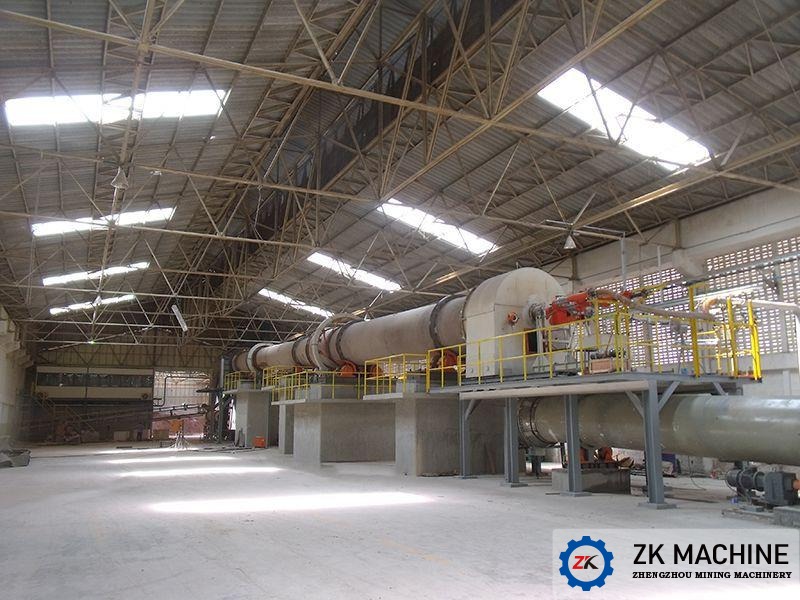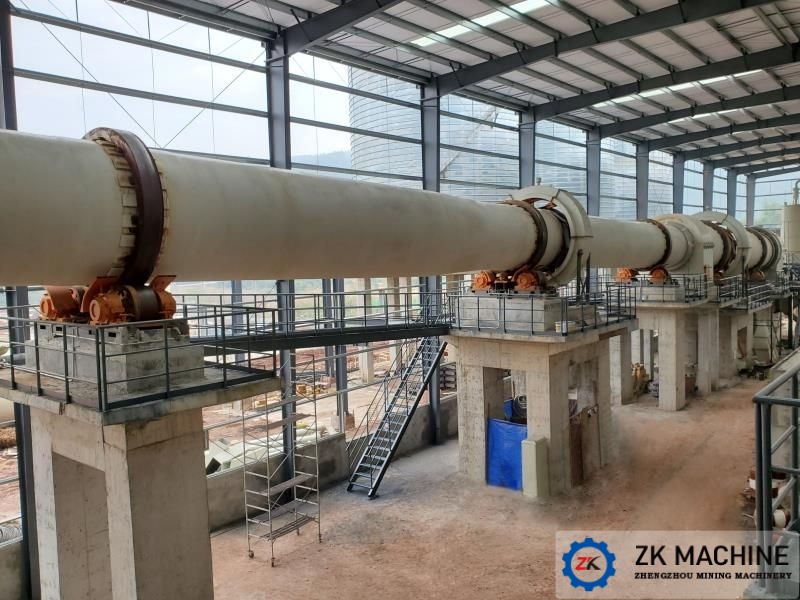1. Loading System
After a period of storage, washed sand waste is transported by a loader to a box feeder. The box feeder evenly feeds the weighing scale, which then conveys the washed sand waste to a twin-shaft mixer at a specified delivery rate. The primary twin-shaft mixer pre-mixes the raw materials, then continues mixing in the secondary mixer. The mixed material flows through a chute into a double-roller granulator for granulation. The raw material pellets are then shaped in a shaping machine. After the broken raw material pellets are screened out, the qualified ceramsite enters a rotary kiln for calcination.
2. Firing System
The ceramsite first enters a double-flap valve at the kiln outlet. The valve's gravity-enforced action seals the kiln exhaust, preventing it from escaping. Through the kiln outlet chute, the ceramsite enters a drying kiln for drying. As it slowly advances through the rotary kiln into the calcining kiln, the temperature of the ceramsite gradually increases, and its moisture evaporates. When the ceramsite enters the calcining kiln, it is rapidly heated, reacting and calcining into ceramic particles. The calcined ceramsite flows out of the rotary kiln head and passes through a single-drum cooler for cooling. The cooled ceramsite is then lifted by a bucket elevator to a rotary screen for screening. After screening by a drum screen, the ceramsite is sorted into different particle sizes and stored in a stockpile for packaging and export.
Procured biomass fuel is transported by truck to the biomass fuel storage workshop. After manual unpacking and loading, the biomass fuel is lifted by a bucket elevator and stored in the biomass fuel silo. A screw feeder at the bottom of the biomass fuel silo delivers the biomass fuel to the burner pipe, where it is blown into the rotary kiln by the combustion fan for combustion. 3. Exhaust Gas Treatment System
The hot flue gas from the kiln exhaust first passes through the kiln exhaust chamber for dust removal. It then enters a cyclone dust collector for dust removal and cooling. The cooled flue gas then enters a bag filter for further dust removal. The flue gas, which meets the dust concentration standard of ≤30mg/m³, is then discharged through a steel chimney by the kiln exhaust fan.
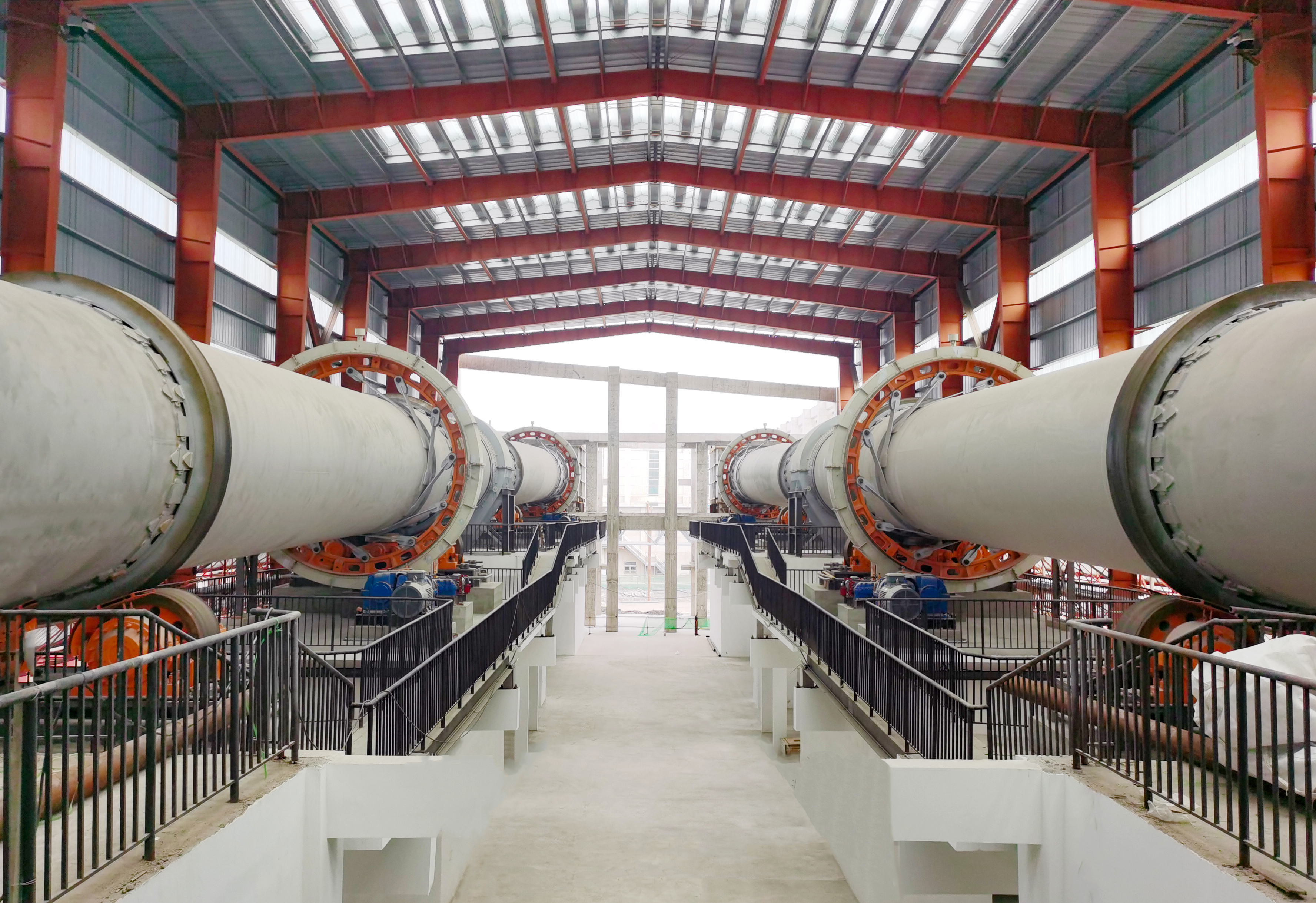 LECA PRODUCTION LINE
LECA PRODUCTION LINE
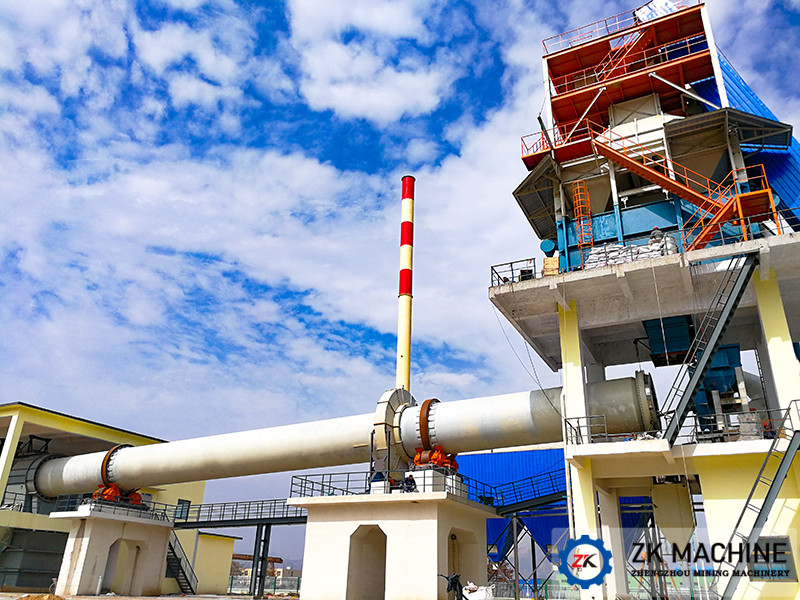 MAGNESIUM PRODUCTION LINE
MAGNESIUM PRODUCTION LINE
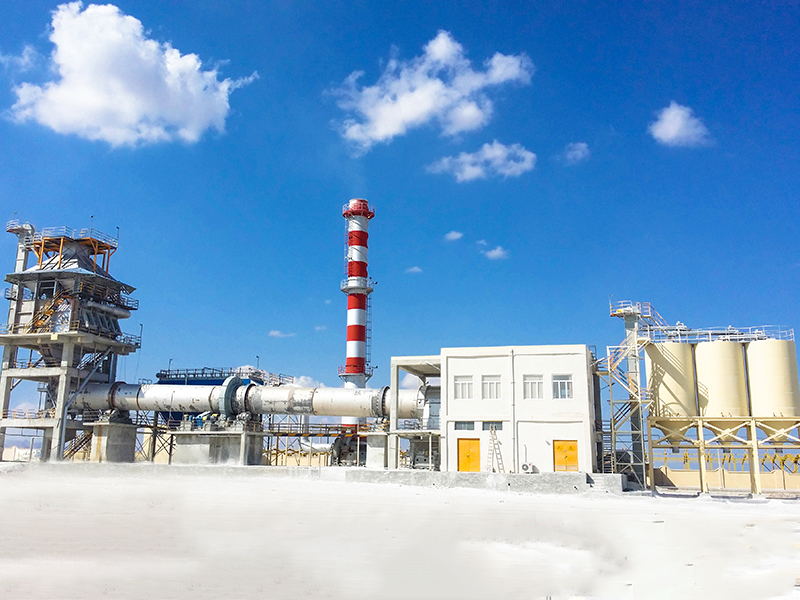 ACTIVE LIME PRODUCTION LINE
ACTIVE LIME PRODUCTION LINE
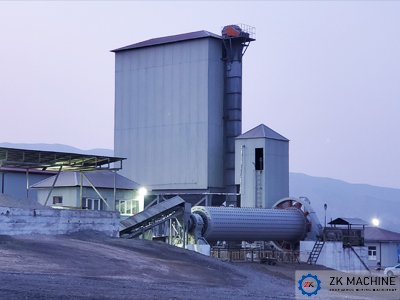 CEMENT GRINDING STATION
CEMENT GRINDING STATION
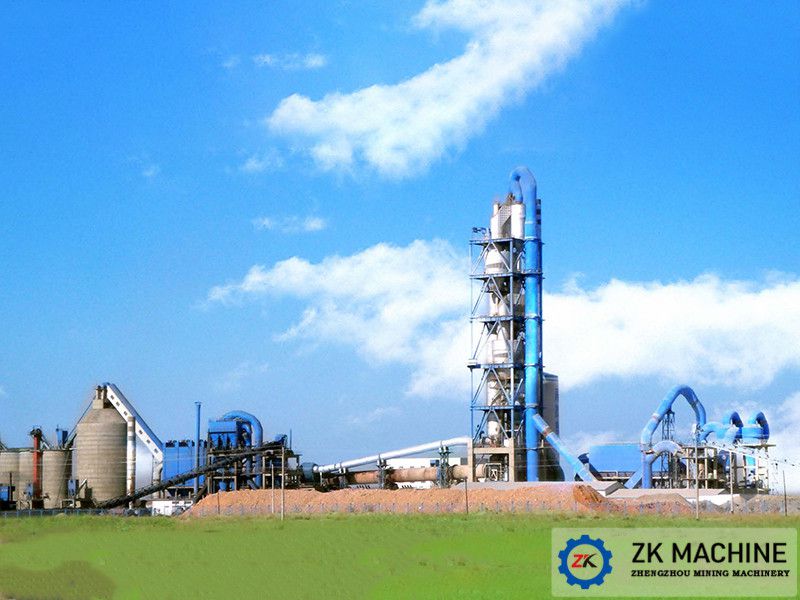 CEMENT PRODUCTION LINE
CEMENT PRODUCTION LINE
 LIME SLAKING PLANT
LIME SLAKING PLANT
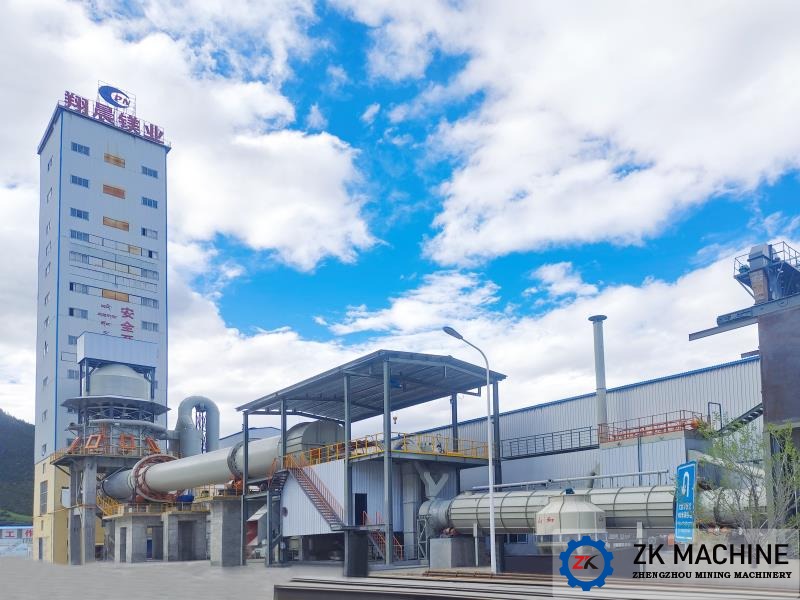 MAGNESIUM OXIDE (MgO) PLANT
MAGNESIUM OXIDE (MgO) PLANT
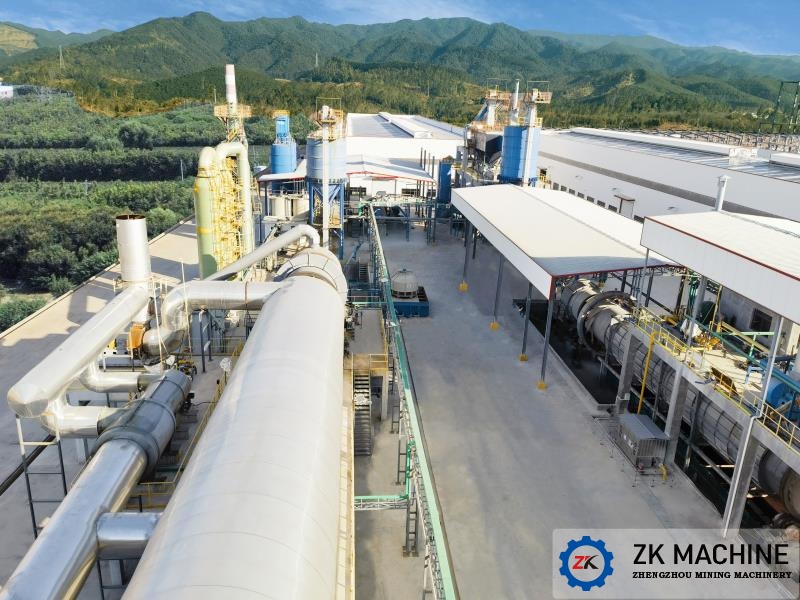 LITHIUM PRODUCTION LINE
LITHIUM PRODUCTION LINE
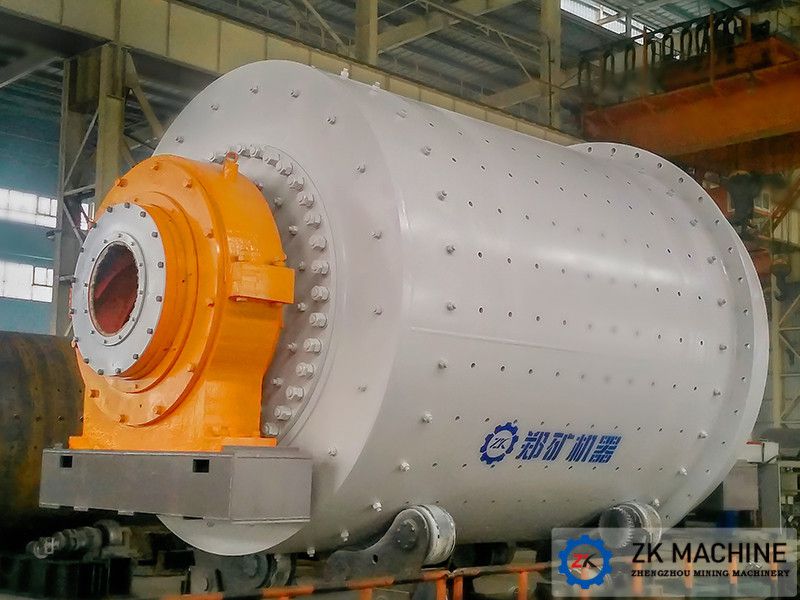 ORE DRESSING LINE
ORE DRESSING LINE
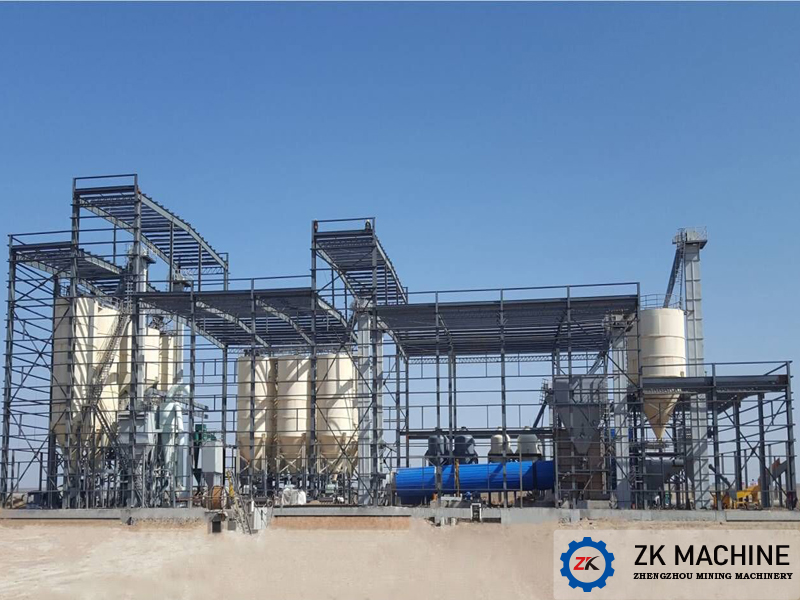 GYPSUM POWDER PRODUCTION LINE
GYPSUM POWDER PRODUCTION LINE
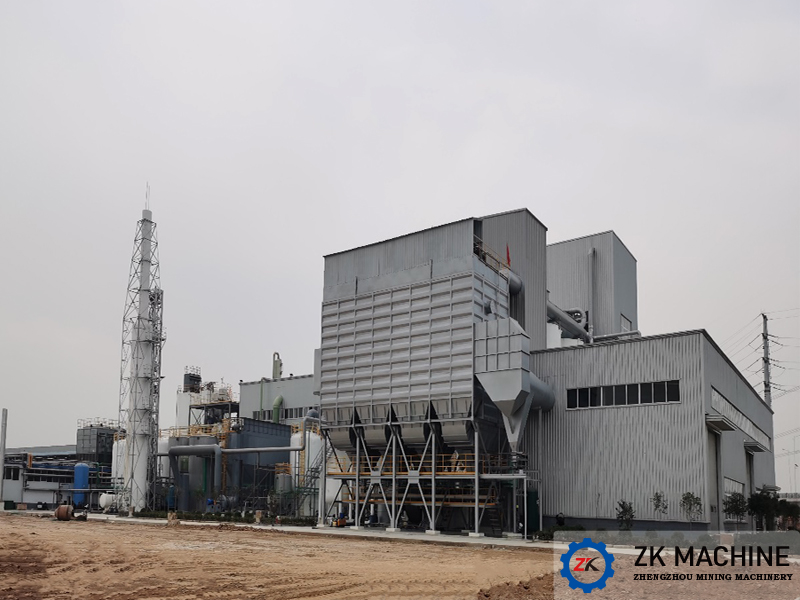 ALUMINUM ASH PROCESSING SYSTEM
ALUMINUM ASH PROCESSING SYSTEM
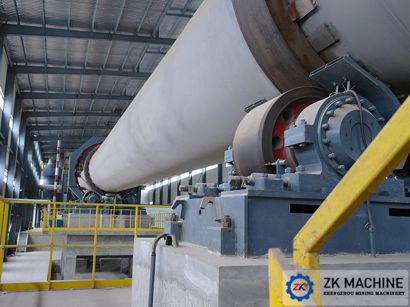 FRACTURING PROPPANT PRODUCTION LINE
FRACTURING PROPPANT PRODUCTION LINE
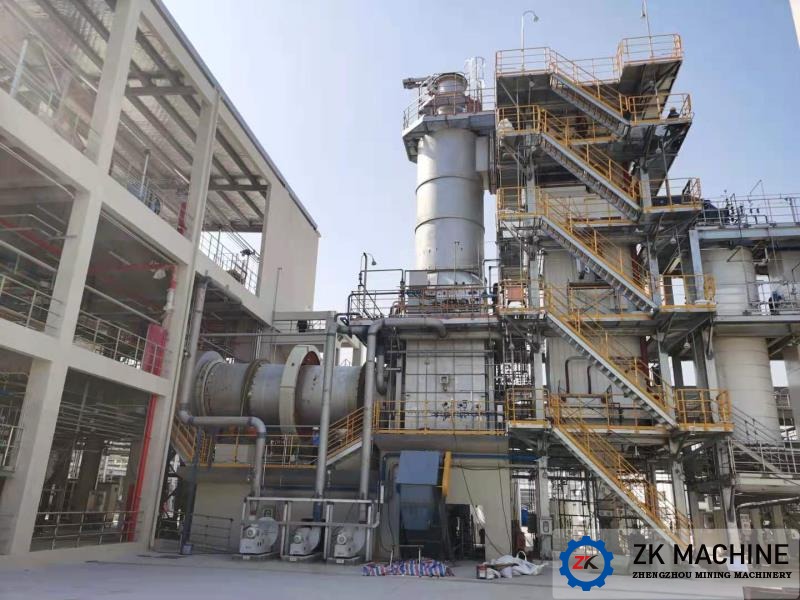 SOLID (HAZARDOUS) WASTE INCINERATION SYSTEM
SOLID (HAZARDOUS) WASTE INCINERATION SYSTEM
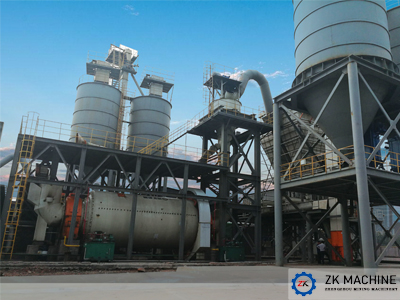 PULVERIZED COAL PREPARATION PRODUCTION LINE
PULVERIZED COAL PREPARATION PRODUCTION LINE
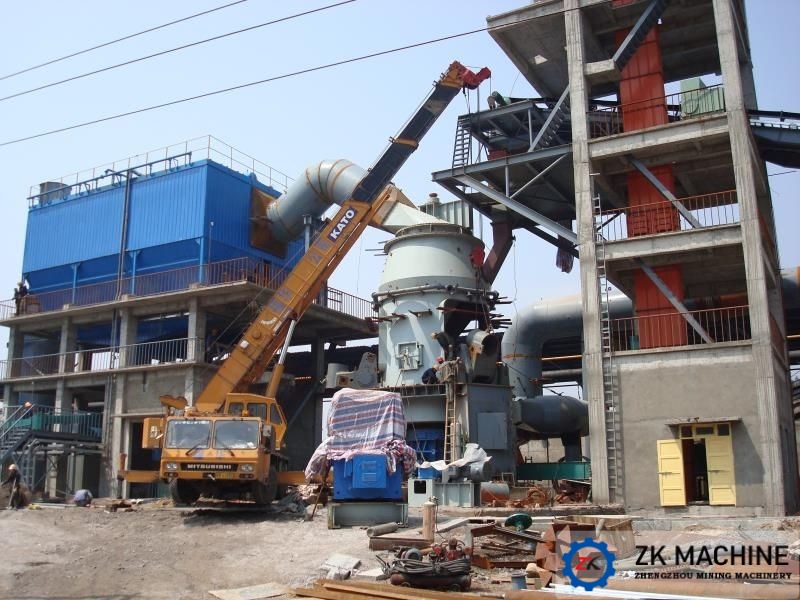 GGBS PRODUCTION LINE
GGBS PRODUCTION LINE
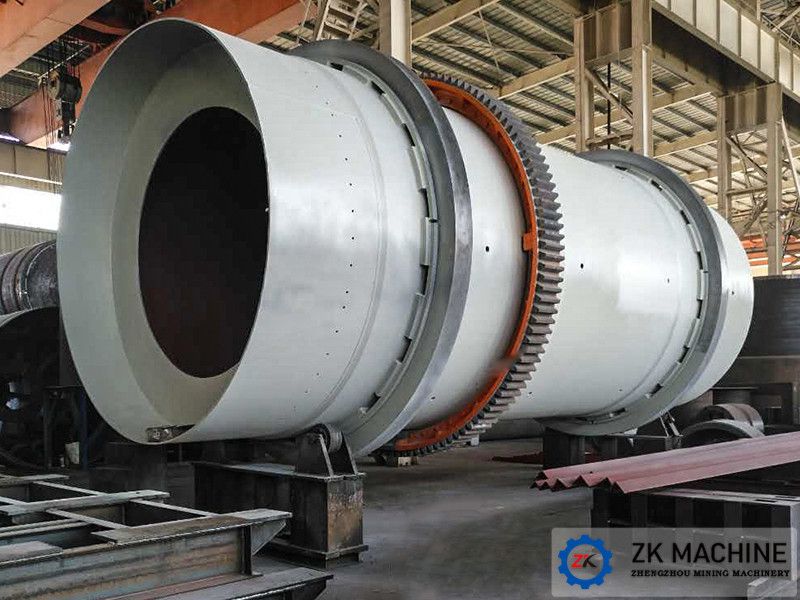 SUPERPHOSPHATE PRODUCTION LINE
SUPERPHOSPHATE PRODUCTION LINE
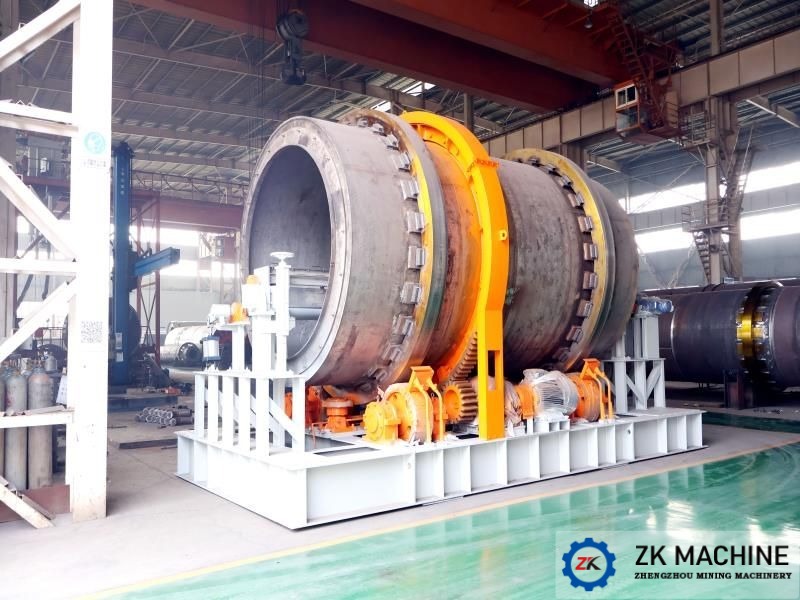 MOLECULAR SIEVE PRODUCTION LINE
MOLECULAR SIEVE PRODUCTION LINE
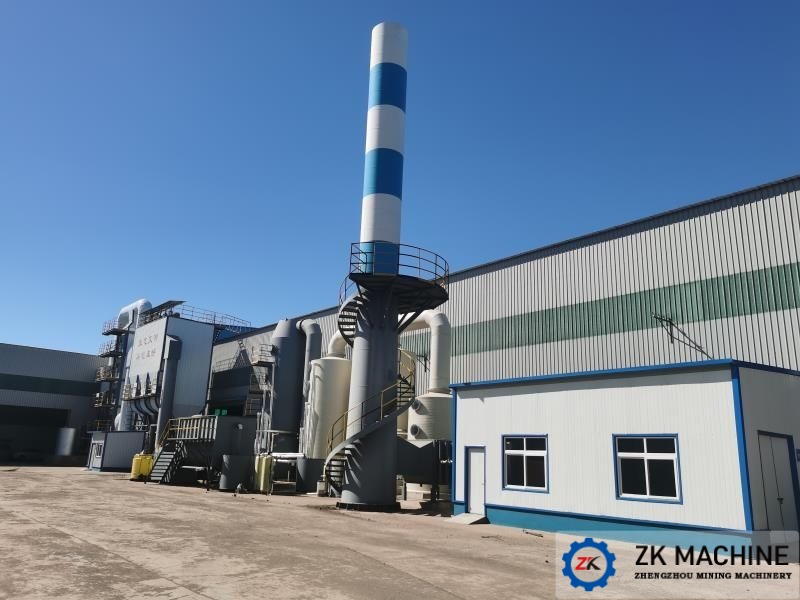 FLUE GAS PURIFICATION SYSTEM
FLUE GAS PURIFICATION SYSTEM
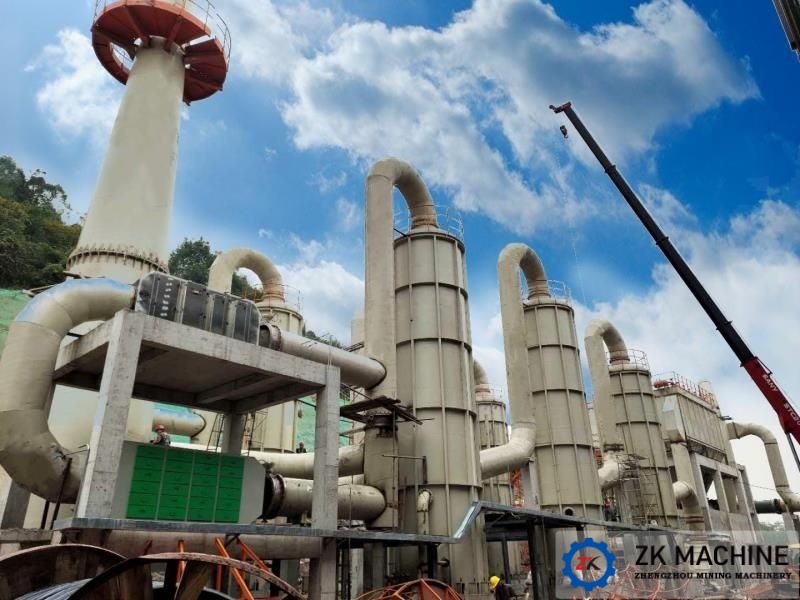 FGD SYSTEM
FGD SYSTEM
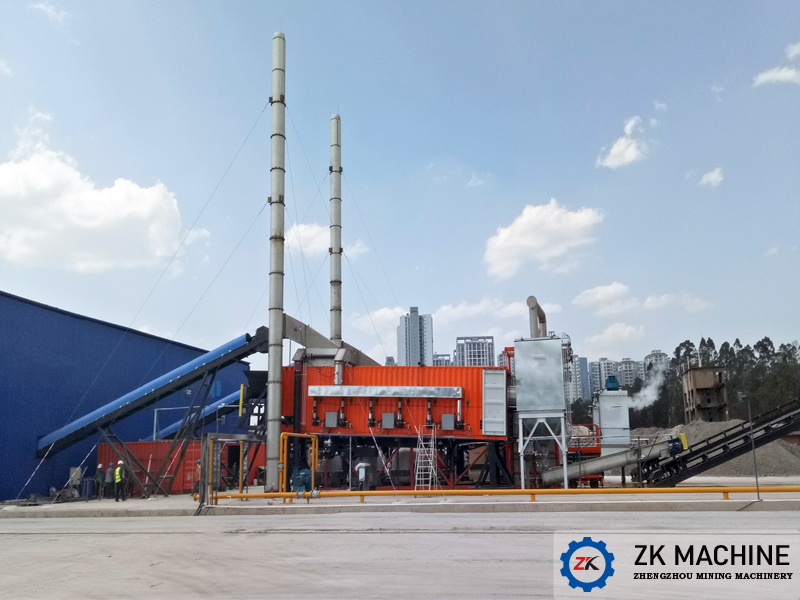 SOIL REMEDIATION SYSTEM
SOIL REMEDIATION SYSTEM
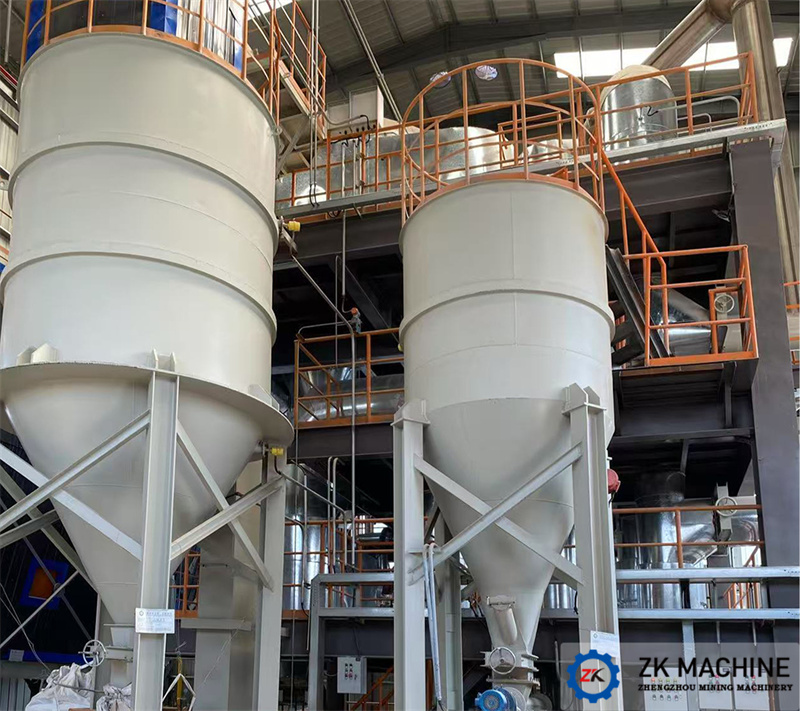 SUSPENSION ROSTING FURNACE TEST LINE
SUSPENSION ROSTING FURNACE TEST LINE
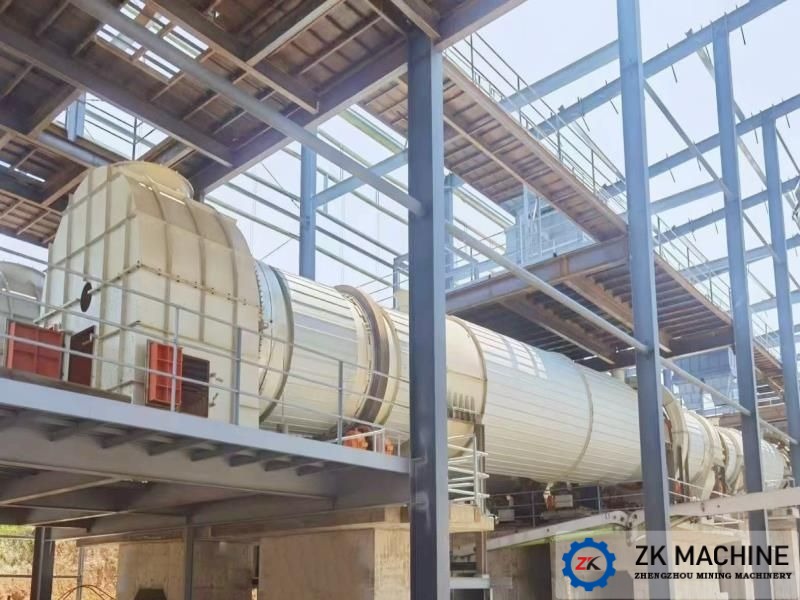 PHOSPHOGYPSUM DISPOSAL PRODUCTION LINE
PHOSPHOGYPSUM DISPOSAL PRODUCTION LINE
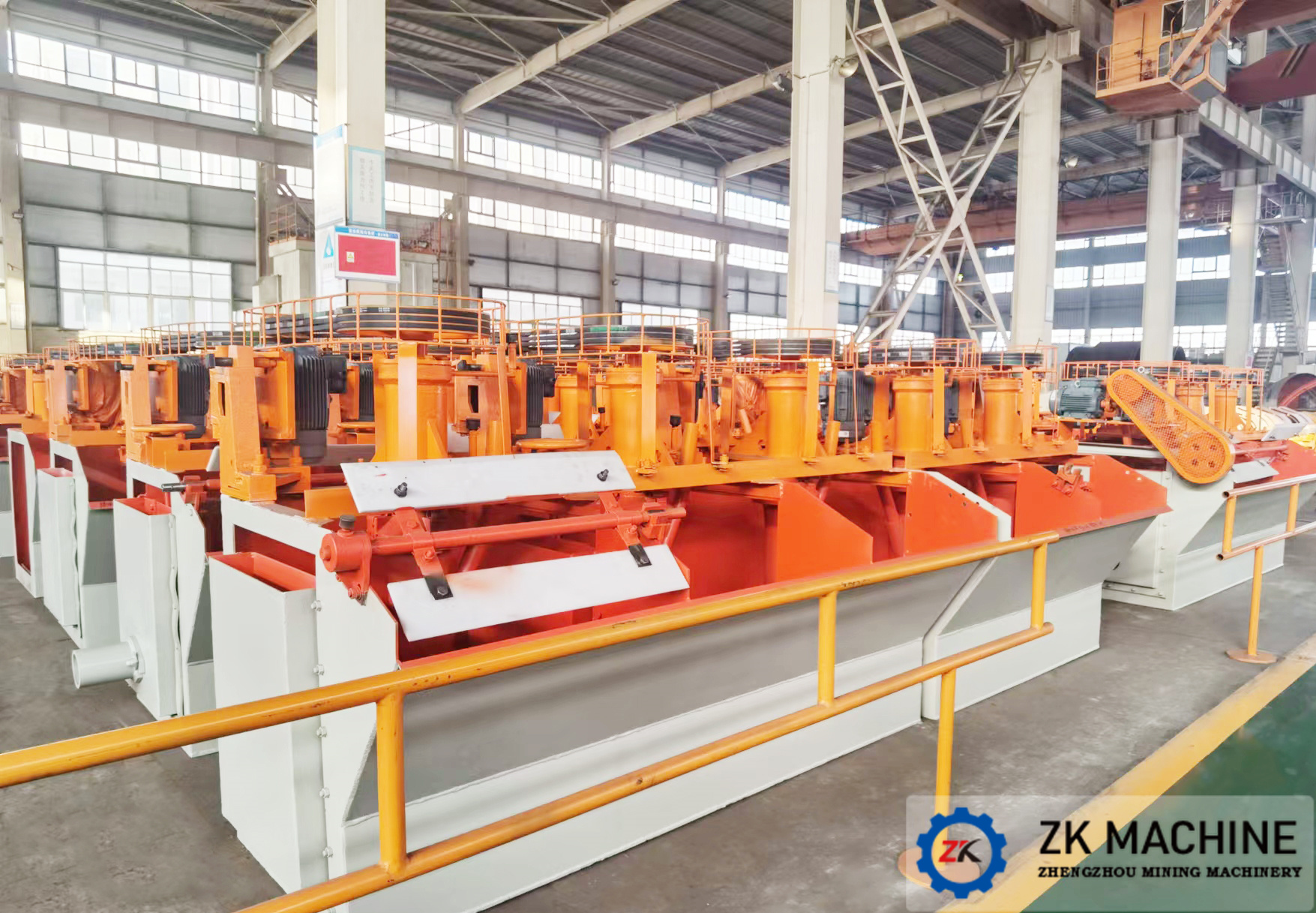 PHOSPHATE ORE DRESSING LINE
PHOSPHATE ORE DRESSING LINE
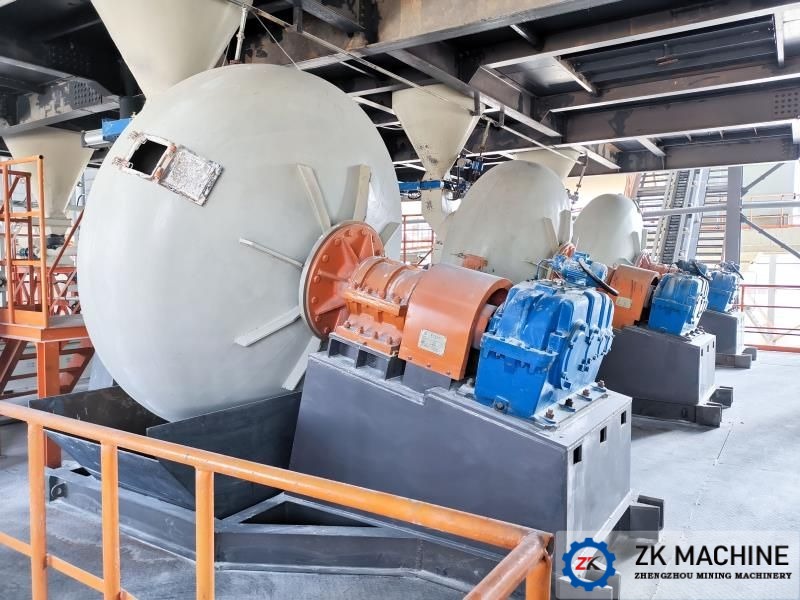 PHOSPHATE ORE PELLETIZATION PRODUCTION PROCESS
PHOSPHATE ORE PELLETIZATION PRODUCTION PROCESS
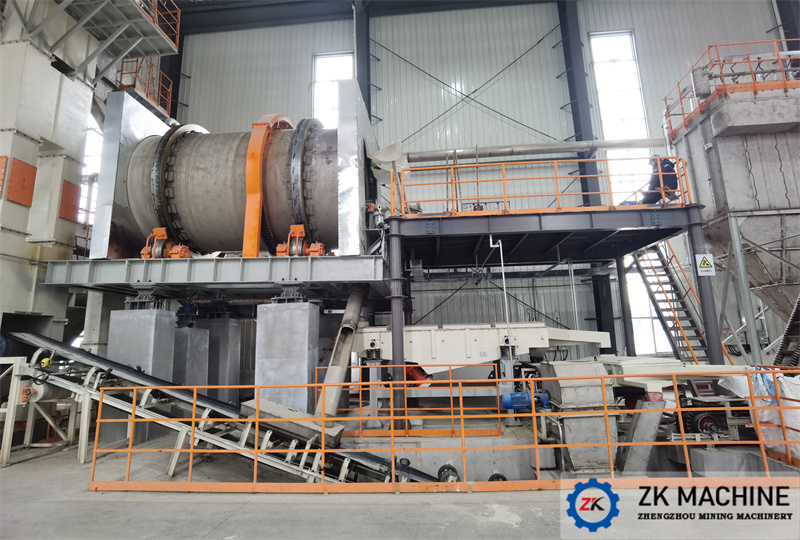 LITHIUM BATTERY RECYCLING LINE
LITHIUM BATTERY RECYCLING LINE
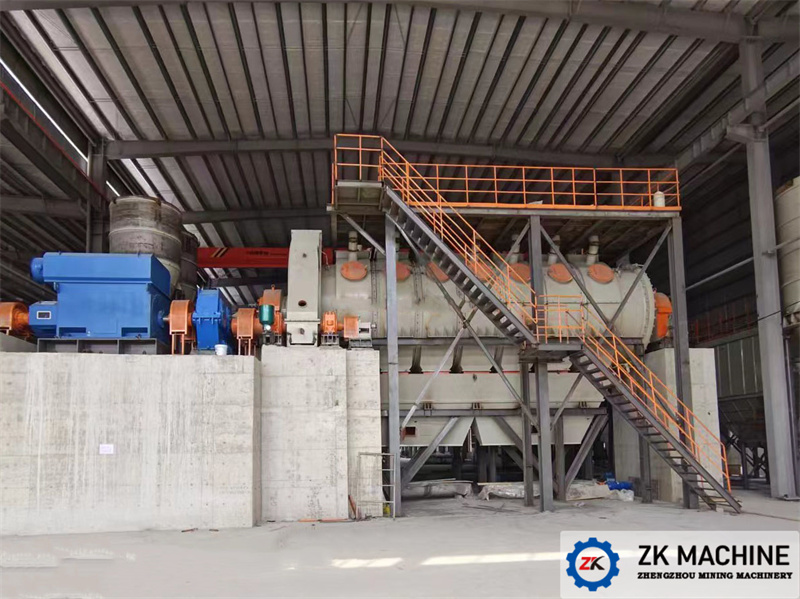 ALUMINA CALCINING LINE
ALUMINA CALCINING LINE
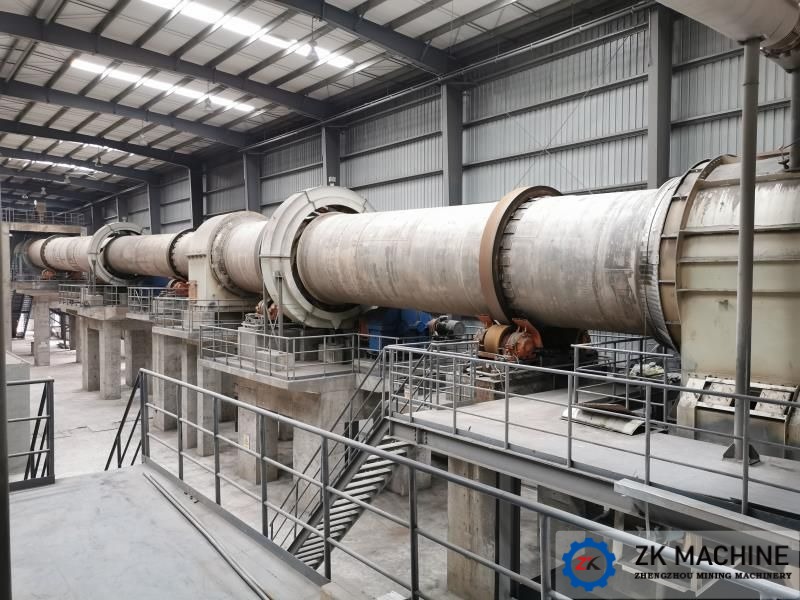 WASTE-COPROCESSED BUILDING MATERIAL MANUFACTURING
WASTE-COPROCESSED BUILDING MATERIAL MANUFACTURING
